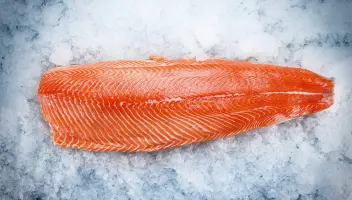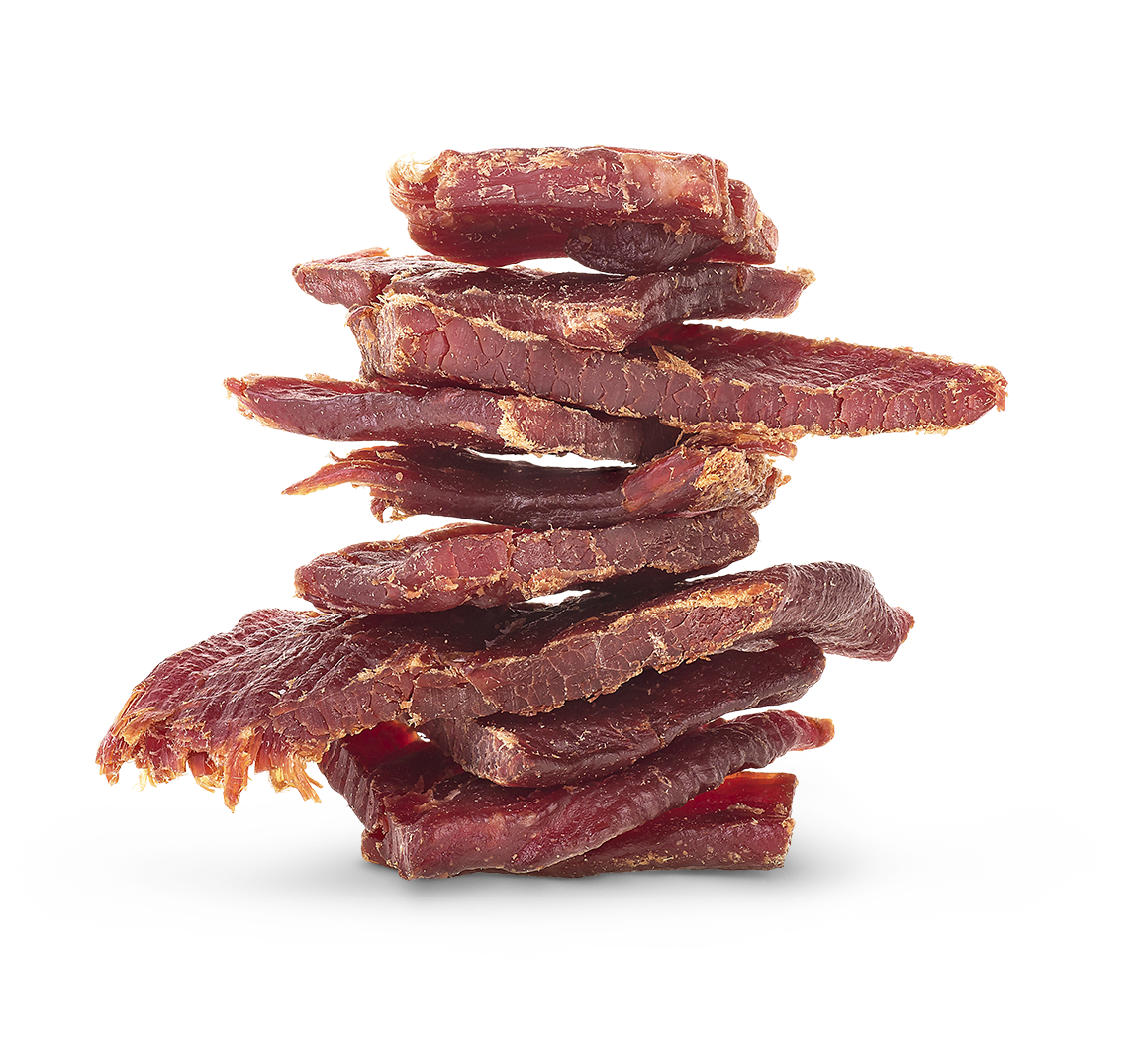The Key Features of Seafood ERP to Help Your Business Overcome the Sector’s Unique Challenges
The Key Features of Seafood ERP to Help Your Business Overcome the Sector’s Unique Challenges
The Key Features of Seafood ERP to Help Your Business Overcome the Sector’s Unique Challenges
7 Dec 2021
Jack Payne
The seafood segment is unique in the food and beverage industry. While it shares some similarities with the meat and poultry verticals, the complexities of sourcing, processing and distributing fish, shellfish and other related products are distinct, requiring their own specialized solutions for reliably superior results.
Businesses like yours look to enterprise resource planning (ERP) technology to establish a digital foundation for operations, but only a dedicated seafood ERP system can give you all the tools you need for your critical processes and daily procedures.
While the ERP satisfies an important need by acting as a unifying platform across your organization, the additional functionalities of a platform tailored to your critical processes are what make the best offerings on the market stand apart from competitors.
Let’s take a look at the key features of seafood ERP software that can help your company tackle sector-specific challenges and ensure smooth sailing on the ever-changing waters of the seafood industry.
Supply Chain Visibility
Consumers are demanding transparency from the brands they buy from—in fact, Innova listed that as the top trend to keep an eye on for 2021. This is certainly true in the seafood sector, with variety, country of origin, grade and other characteristics considered vital information to be disclosed on product packaging.
Your ERP platform should give you a complete bi-directional view along your supply chain, with critical data logged right away and updated at each stage along the way. Automation of the recording process and integration with handheld scanners and other connected devices are also musts, as they remove the chance of human error that comes with manual methods.
What’s more, with the demand for sustainable seafood on the rise, your organization should scrutinize your sourcing and consider making changes to lessen your environmental impact by working with partners that take an eco-friendly approach to fishing. In fact, 65% of Americans believe supermarkets should remove all unsustainable seafood from store shelves, which shows the public is serious about protecting the world’s oceans and wildlife.
Traceability and Food Safety Features
Considering that traceability and food safety were ranked as the most important focuses for risk mitigation by respondents in IDC’s Global Food and Beverage Industry Trends and Strategic Insights whitepaper commissioned by Aptean, it’s obvious that these issues are top-of-mind for industry leaders across all sectors.
But with fish and shellfish on the U.S. Food and Drug Administration’s list of 8 major allergens, the need for your company to have uncompromising food safety features is even more pronounced. Your seafood ERP system absolutely must have all the necessary tools to properly identify and label all products with potential allergen concerns.
Your solution must also help keep you prepared for food safety emergencies and recalls, as mistakes can occur when you’re ramping up production and dealing with especially large volumes. Advanced systems like Aptean’s seafood ERP can track contaminations back to their source in seconds and even automate parts of the recall process, including the issuance of notifications to affected supply chain partners and flagging potentially compromised items for removal.
of Americans believe supermarkets should remove all unsustainable seafood from store shelves
Catch Weight Management
Properly accounting for catch weight (also known as “variable weight”) is among the most well-known and widely discussed matters in the meat, seafood and poultry segments alike. The issue is pretty plain when you consider the nature of these foods—because cut, species, grade and even the individual animal’s health factor into how much the product weighs, they must be sold based on that measurement rather than a simple item count.
Unfortunately, not all enterprise solutions are capable of accounting for this variance, but any seafood ERP software worth considering should have robust catch weight management features built in. This is critical for pricing your finished goods fairly, and that in turn can have a significant impact on brand reputation.
The best systems available go one step further by integrating with smart scales to automatically record variations in weight and identify anomalies that make a product unfit to be sold under a given configuration. They can also sync with your equipment to apply labels with automatically calculated prices as well.
Quality and Compliance
Maintaining excellent product quality is obviously a critical concern for all food and beverage organizations, but with many seafood products—such as high-grade tuna and lobster—seen as indulgences, expectations can be particularly high in the sector. By the same token, regulatory bodies are becoming increasingly stringent with the standards to which they hold seafood products.
A solid seafood ERP offering will incorporate automatic quality and compliance checks to make sure that everything bearing your company’s name looks and tastes superior while also meeting the special requirements of seafood products laid out by the FDA. Well-designed platforms also intelligently schedule regular sanitation for periods in order to maximize production uptime.
In the case of Aptean’s seafood ERP, we’ve built our solution with decades of industry knowledge and an in-depth understanding of best practices, and the system flags errors and deviations for correction. Our technology can also integrate with smart imaging devices that use machine learning to analyze product appearance, helping you make sure everything bearing your brand name looks as delicious as it tastes.
Charting a Course to Long-Term Success
As we’ve laid out here, a seafood ERP built specifically for the segment can cover all of your business’s key concerns with highly specialized features and broad compatibility with other cutting-edge equipment at your facilities. These systems are cross-functional, unified platforms for holistic improvement, but choosing one built according to your company’s unique needs is necessary for realizing the best results.
You also need to ensure that the provider behind the solution has experience in the larger industry, as well as the seafood vertical. At Aptean, we’re proud to say we’ve implemented our food and beverage ERP solutions for thousands of businesses like yours, including companies in the seafood sector.
Our products also have the additional advantages of a Microsoft Dynamics 365 foundation and the option for a flexible cloud deployment that can keep your operations agile and flexible for changing circumstances and potential supply chain disruptions. We act as a partner during the rollout process, starting with a digital transformation roadmap all the way through to go-live and beyond.
Want more information on our industry-specific food and beverage solution, Aptean Food & Beverage ERP, and what it can do for your seafood business? Contact us today, or request a personalized demo to see our platform in action.
Related Content


Ready for purpose-built solutions to streamline protein processing operations?
Our ERP for meat and seafood processors drives positive change and acts as a future-proof platform for growth.






